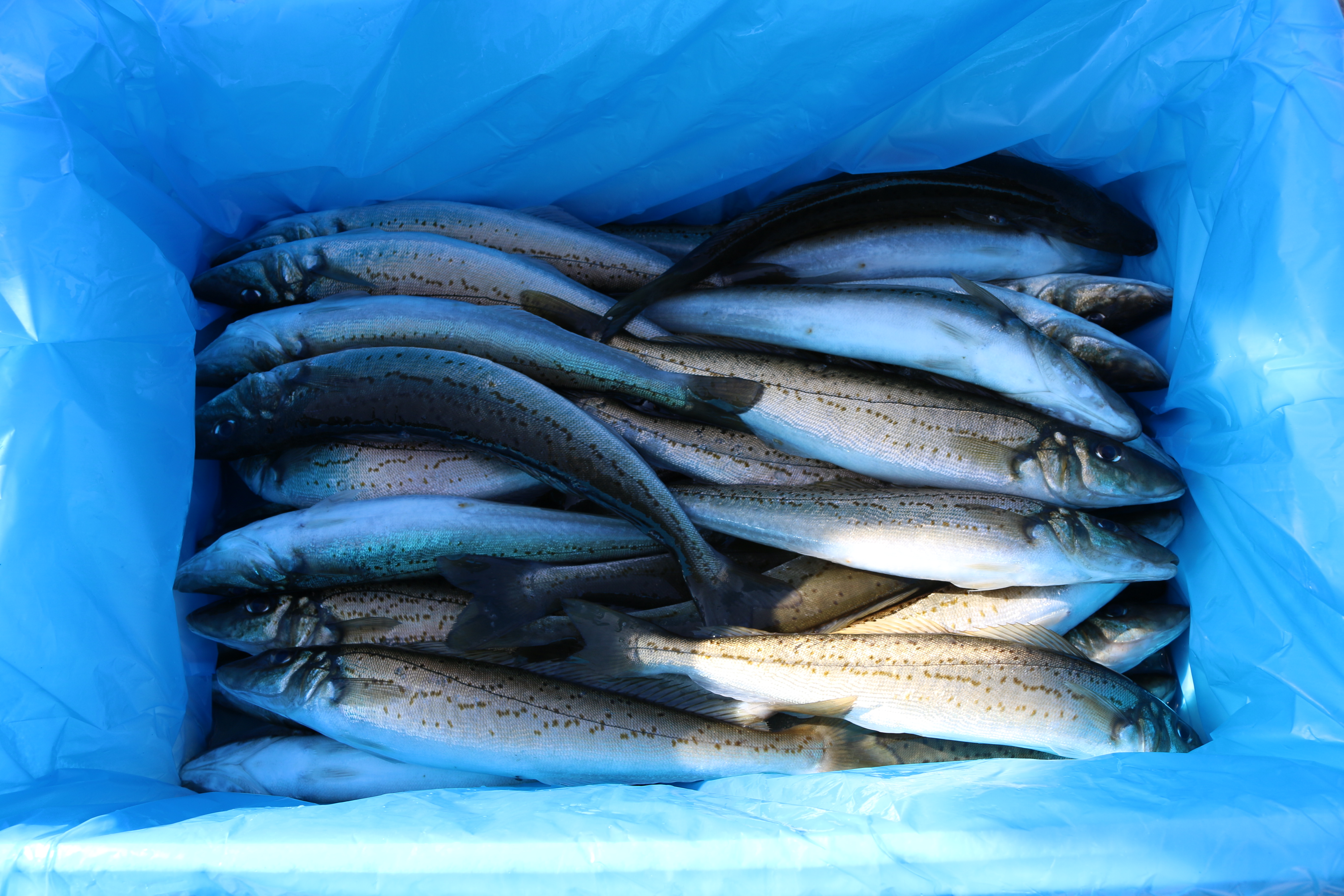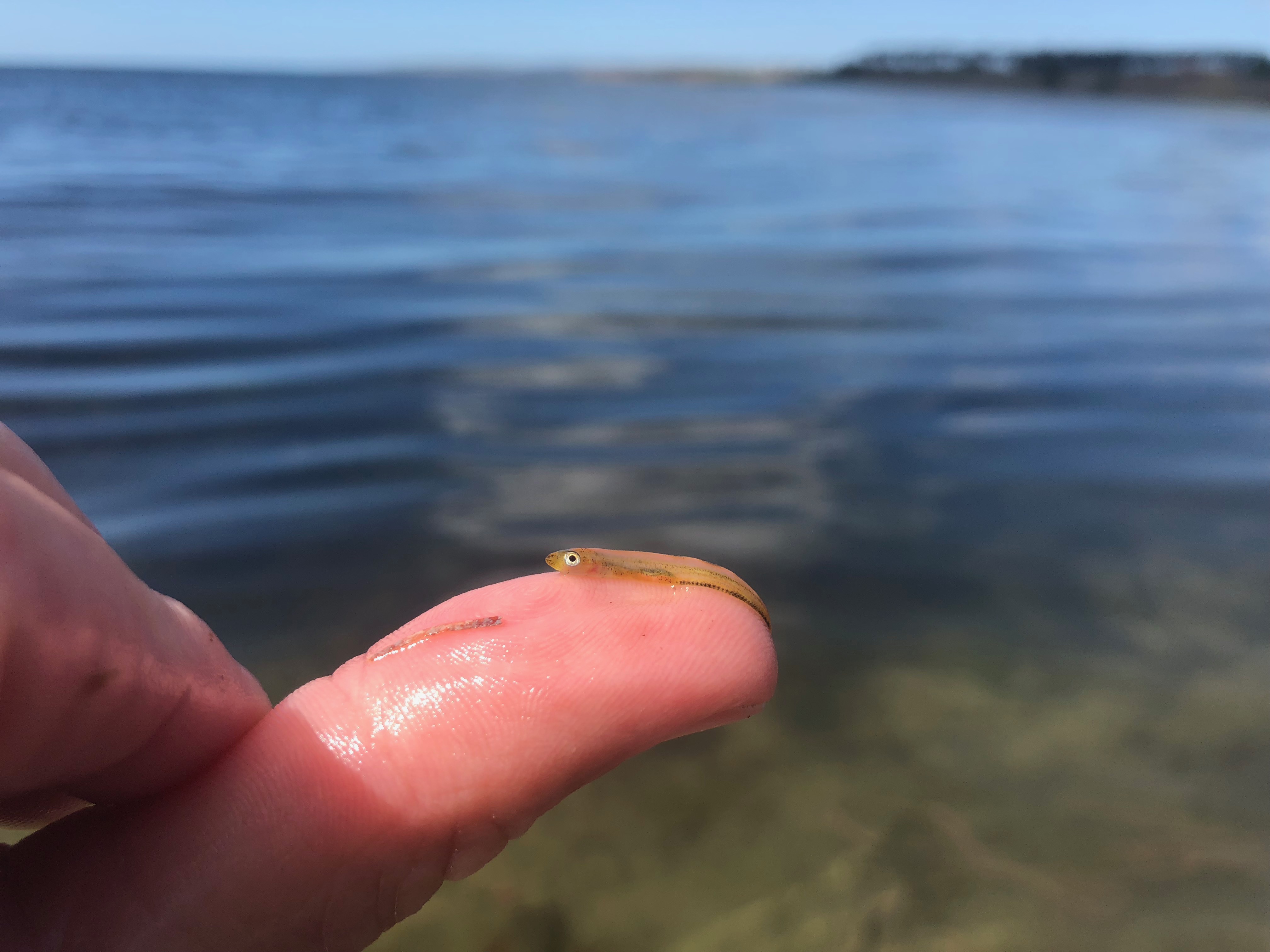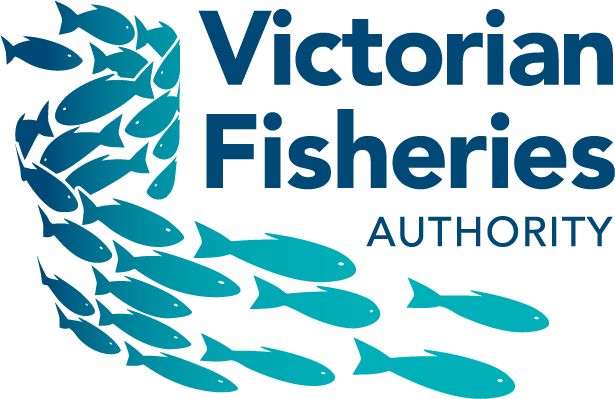Offshore and King George whiting science
 The King George Whiting is an iconic marine commercial and recreational fishery species in Victoria. Extensive research, co-funded by State Government, and Victorian licensed recreational and commercial fishers, has been conducted on this species in Victoria for over 30 years.
The King George Whiting is an iconic marine commercial and recreational fishery species in Victoria. Extensive research, co-funded by State Government, and Victorian licensed recreational and commercial fishers, has been conducted on this species in Victoria for over 30 years.
There are a number of lines of evidence that indicates recent Commonwealth trawl fishing activities by some operators are targeting a spawning aggregation of King George Whiting that contributes juveniles to the population in Corner Inlet. Firstly, the timing of fishing in the Commonwealth trawl fishery over winter coincides with the peak spawning period for whiting settling in Corner Inlet. Secondly, there is evidence from modelling studies that spawning contributing to Corner Inlet may occur offshore from Wilsons Promontory and this is consistent with larger, mature fish in the area. Thirdly, spawning locally near Corner inlet is supported by the fact that fishery catch is less strongly linked to westerly winds compared to Port Phillip and Western Port, indicating that distant spawning sources to the west are less important. Although the Commonwealth fishery could be targeting maturing whiting as they leave Corner Inlet, this is less likely because fish would not be aggregated, and this would not be consistent with the high catches per trip reported to the VFA by the Commonwealth.
 Information on larval duration and spawning time was used in a computer model to backtrack the dispersal of larvae with currents and predict the location of spawning (Jenkins et al. 2000). The results predicted that spawning for juveniles settling in Port Phillip occurred from Cape Otway across to Cape Jaffa in SA. However, the prediction for Corner Inlet was more complex, with some spawning from the same area as fish in Port Phillip, but also from north-west Tasmania (unlikely to be a source because fish are genetically different), and from Bass Strait offshore from Wilsons Promontory. The predicted pathway of larval dispersal for fish settling in Corner Inlet shows that spawning could occur close to Wilsons Promontory and then larvae would be carried by currents in a clockwise loop along the north coast of Tasmania and then back up to the coast of Victoria before finally settling in Corner Inlet. This result led to the conclusion that some of the spawning contributing to Whiting in Corner Inlet could come from spawning offshore from Wilsons Promontory (Jenkins et al. 2000).
Information on larval duration and spawning time was used in a computer model to backtrack the dispersal of larvae with currents and predict the location of spawning (Jenkins et al. 2000). The results predicted that spawning for juveniles settling in Port Phillip occurred from Cape Otway across to Cape Jaffa in SA. However, the prediction for Corner Inlet was more complex, with some spawning from the same area as fish in Port Phillip, but also from north-west Tasmania (unlikely to be a source because fish are genetically different), and from Bass Strait offshore from Wilsons Promontory. The predicted pathway of larval dispersal for fish settling in Corner Inlet shows that spawning could occur close to Wilsons Promontory and then larvae would be carried by currents in a clockwise loop along the north coast of Tasmania and then back up to the coast of Victoria before finally settling in Corner Inlet. This result led to the conclusion that some of the spawning contributing to Whiting in Corner Inlet could come from spawning offshore from Wilsons Promontory (Jenkins et al. 2000).
The VFA, Corner Inlet commercial fishers and recreational fishing representatives are advocating for changes to Commonwealth fisheries regulations that would mirror South Australia and Tasmania where King George whiting have a zero catch limit.
Jenkins, G. P., Black, K. P., and Hamer, P. A. (2000). Determination of spawning areas and larval advection pathways for King George whiting in southeastern Australia using otolith microstructure and hydrodynamic modelling. I. Victoria. Marine Ecology Progress Series 199, 231-242.
